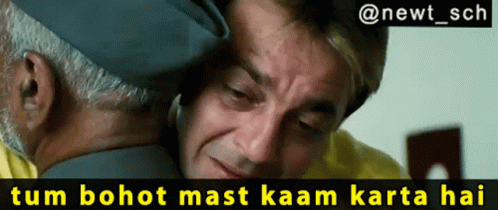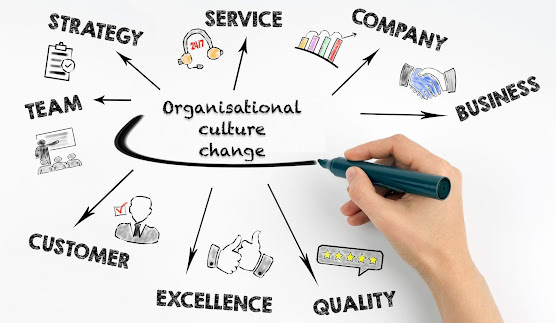Organisational Culture
Organisational Culture
Hello everyone! Welcome to my new blog.


Organisational culture is defined as as the underlying beliefs, values, assumptions, attitudes, written and unwritten rules and behaviour established by the leaders which have been developed over a period of time that characterise and contribute to an organisation's unique social and psychological work environment. It includes an organisation's experiences, philosophy, expectations and values which guide member behaviour and is expressed in member's self-image, interactions with outside world, inner workings as well as future expectations. Employers play a critical role in perpetuating a strong culture, starting with recruiting and selecting applicants who share the organisation's beliefs and thrive in that culture, developing orientation, training and performance management programs which reinforce and outline the organisation's core values ensuring that appropriate recognition and rewards are given to employees who truly embody the values.
(Image representing organisational culture)
Furthermore, if the culture of an organisation is going to improve its overall performance, the culture must provide a strategic competitive advantage, and beliefs as well as values must be firmly upheld and widely shared.A strong culture results in enhanced trust and cooperation, efficient decision making, fewer disagreements, a strong sense of identification with the organisation, shared understanding among employees regarding what is important and an informal control mechanism. A few of the commonly used terms for describing culture include customer-focussed, ethical, research-driven, process oriented, family friendly, risk-taking, aggressive, innovative, fun and hierarchal. They can manifest itself in a variety of methods like communication styles, internally distributed messages, leadership behaviour and corporate celebrations. Culture also includes the organisation's values, vision, system, symbol, norms, language, beliefs and habits.
(Image representing team collaboration)


Several tools are utilised for developing and sustaining a high-performance organisational culture. Some of them are stated below:
- Hiring Practices: An employee will be more likely to deliver superior performance when the hire's personality fits with the organisational culture. They tend to feel more comfortable, supported and valued. During interviews, questions should be asked regarding the cultural fit but that should not be the sole determining factor as the best organisations generally keep an open mind to diverse perspectives thus keeping their culture fresh.
- Onboarding Programs: It teaches newcomers in the organisation about the employer's value system, desired behaviour and norms. They must help newcomers to become a part of social networks and make sure that they have early job experiences which reinforce the culture.
- Reward and Recognition Programs: Giving proper recognition to the employees of an organisation helps in developing employee engagement, fulfilment, retention as well as improvement in productivity. They should be encouraged to practice frequent social recognition alongside monetary recognition. Creating culture which values employee feedback and their voice is essential as failing to do so can result in lost revenue and demotivated employees.
- Performance Management Programs: Employees who share their values and aspirations tend to outperform those environments which lack cohesiveness and common purpose. It can affect corporate culture by clearly informing the employees what is expected from them and maintaining proper behaviour at the workplace.
- Person culture and Market culture: It states how the members of an organisation conduct their business, treat customers, employees and the wider community. Here, each individual is seen as more valuable than the organisation itself. It may be difficult to maintain as the organisation may suffer due to priorities and competing people. Market cultures are result-oriented, with a focus on competition, getting the job done and achievement.
- Adaptive culture and Adhocracy culture: The extent to which freedom is allowed in decision making, framing new ideas and personal expression are its important parts. They value change and are action-oriented, increasing the likelihood of survival through time.
- Task culture and Clan culture: It states how committed the employees are towards collective objectives. In this, teams are created with expert members to solve particular problems. Clan culture are family-like, whose primary focus is on nurturing, mentoring and doing things together.
- Power culture, Role culture and Hierarchy culture: It represents how power and information flow through the organisational hierarchy and system. Power cultures generally have one leader who makes rapid decisions and controls the strategy. Role culture are where functional structures are created, where individuals know their jobs, report to their superiors and value efficiency above all else. Furthermore, hierarchy cultures focus on efficiency, doing things right and stability.
Stay tuned for more such amazing content.











Comments
Post a Comment